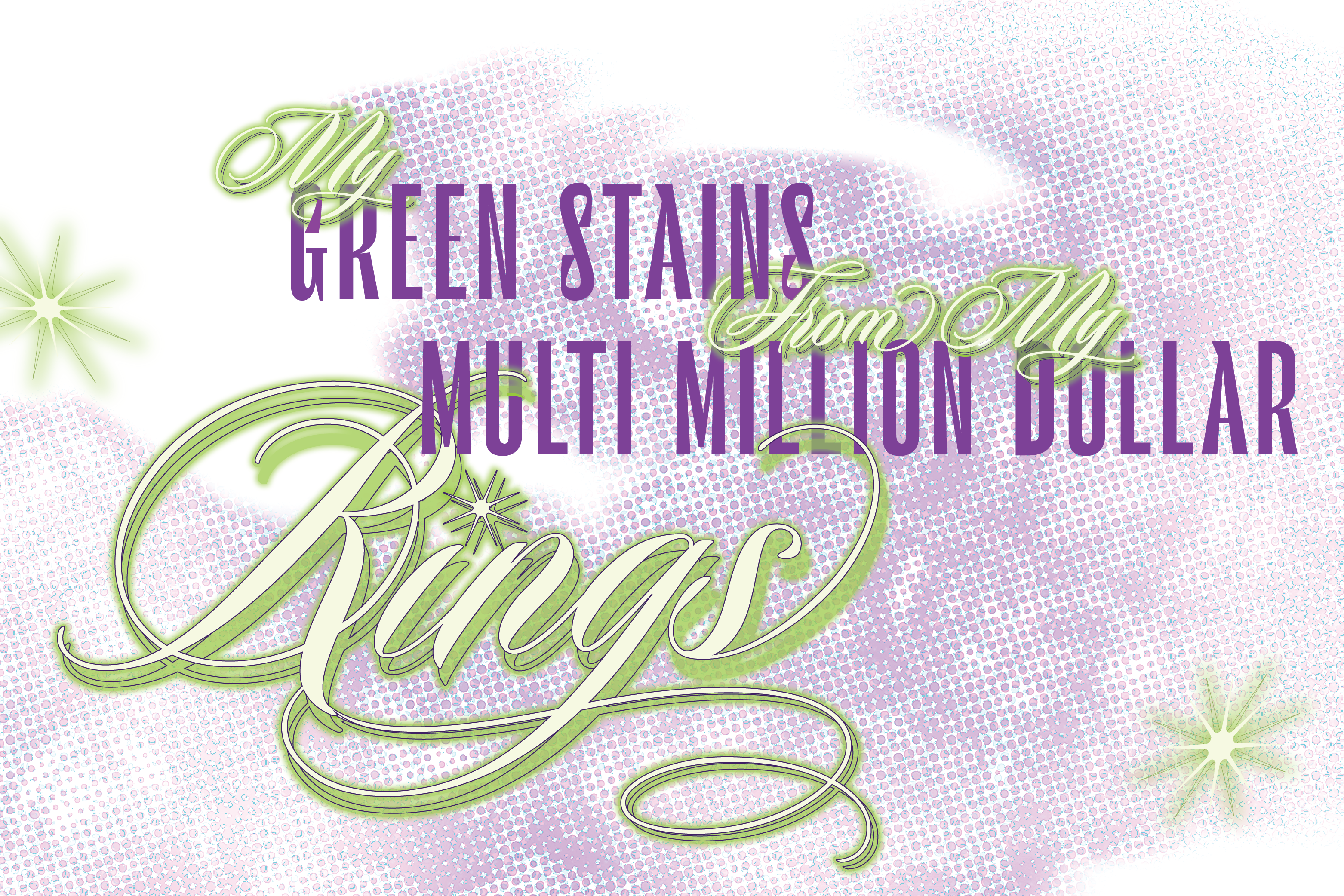The quality of accessories and clothing items within the past twenty years has suddenly been reduced; however, costume jewelry has become very popular in the fashion world within the past couple of years. Designers like Marc Jacobs, “Heaven,” Gucci, and many others have contributed to the surplus amount of accessories and pieces made at a lower quality. Designers are making popular pieces with a high prices but still made with unsustainable materials. It’s becoming apparent that the designers focus more on profits than craftsmanship.
Although trendy among Gen Z, Marc Jacob’s Heaven collection tends to sell for higher prices as if they are luxury items, even though the item description says otherwise. The brand has always been recognized as a designer that has the trust of its buyers because they know that the quality will withstand many years. Large corporations and fashion houses are now using their credibility to take advantage. Designers are expected to provide luxury items that will hold their value over time because that was what was provided in the past without question. Brands cheapening out on materials has become more prominent within the industry and is now becoming the norm.
While the demand for new things will always exist, consumers are catching on to this discrepancy and are slowly turning to thrifting or re-wearing their family heirlooms. While second-hand jewelry is everywhere, its presence and abundance are nowhere in the current conversation of thrifting. Preowned jewelry finds its home at numerous addresses from your family hand-me-downs, thrift stores, estate sales, auctions, online websites, garage sales, vintage collectors, and more. The list is truly endless.
In an era of wanting to stand out and be original, we, as consumers, are trading the vicious spiral of low-quality, fast-fashioned jewelry for pre-owned jewelry. Buying second-hand not only adds a level of originality to the wardrobe but allows the wearer to explore their style and hunt for pieces of individuality. In a sentimental, rather than a desire to be unique, aspect, these finds are often accompanied by a story many sellers are eager to share with their new owners. As a buyer, you are not only honoring the life and history of a piece but also prolonging it by adding it to your collection.
In a financial argument, higher quality pieces made of metals such as sterling silver and gold can be found for drastically cheaper prices than the easily tarnished, plated jewelry we commonly see promoted. A sterling silver ring being sold for an excessive price tag can be found second-hand for a tenth of the retail price. With the ever-fluctuating prices of these materials, artists can melt down these metals and upcycle a piece that would instead sit in disuse, neither wrong nor repurposed for new art. Consider the possibilities of the jewelry, whether it can be easily resized or added to an already pre-existing piece. I urge those eyeing the next trendy item first to ask a relative if they have something similar, stop by the estate sale in your area, or glance at the overlooked displayed case at your local thrift store.
Words by Brina Booker and Rhys Morrow.
Graphic by Emily Strycharz.

